Why Does My Dog Drool in The Car?
Very few things in this world beat going for a road trip with your canine best bud. Whether it is a 5-minute zip to the grocery store or a cross-country adventure, there’s always something about taking a drive with some choice tunes playing on the speakers and the wind in your hair.
Aside from that one little thing. DROOL.
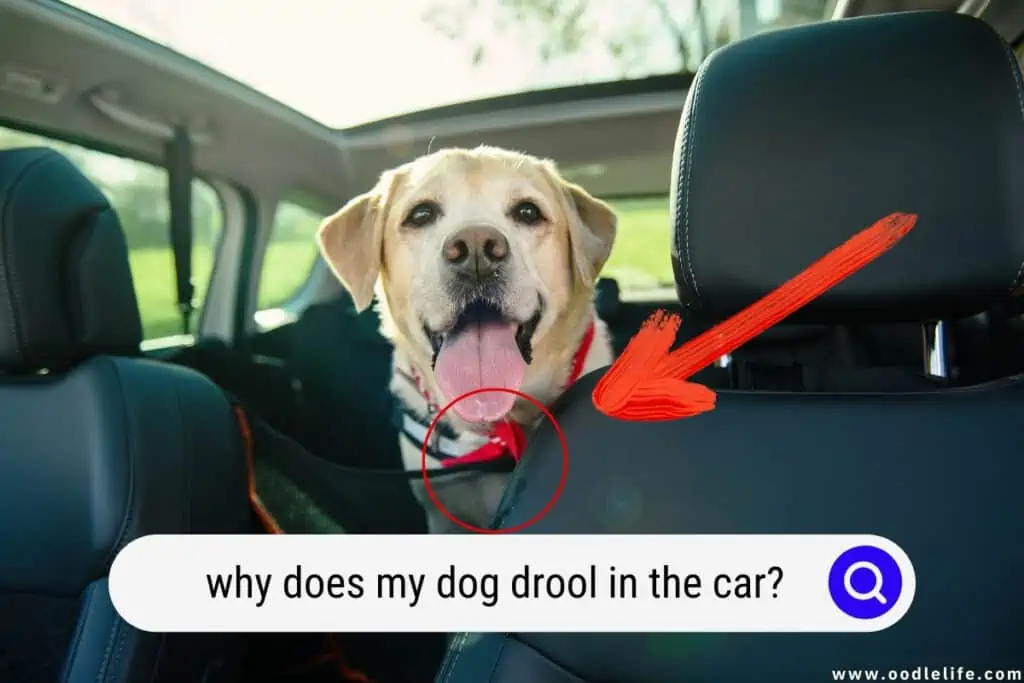
Any dog lover knows that drool and canine come in a whole package. If it bothers you, you can layer an old blanket or some kind of protective covering over your pristine leather seats and be done with it, but how if the drooling is excessive?
Some dogs are born “droolers,” and we accept them for their slobbery habits, but some dogs might drool excessively in the car for more serious reasons. Drooling in the car can be anything from motion sickness to fear and sometimes even a deadly heatstroke.
To understand why dogs do what they do, we first need to understand what’s going on with the whole drooling thing. After all, humans don’t. Not very much at least!
What Is Drooling?
Dogs, like humans, have saliva-producing glands in their mouths. Food is broken down by saliva enzymes, which is the first phase in the digestive process. Saliva is essential for dogs since it aids in the chewing and digestion of food and keeps their mouths healthy.
Why Do Dogs Drool?
Dogs drool for a variety of reasons. Some dogs simply have a lot of saliva, and they may drool more when they’re hot or thirsty, while others may drool when they’re excited, anxious, or stressed.
Some dogs may also drool when they’re in pain, sick, or suffering from allergies. If your dog suddenly starts drooling more than usual, you might want to keep an eye on him or consider taking them to a vet. Excessive drooling can be a sign of an underlying medical condition, and the sooner you know, the sooner you can pursue treatment.
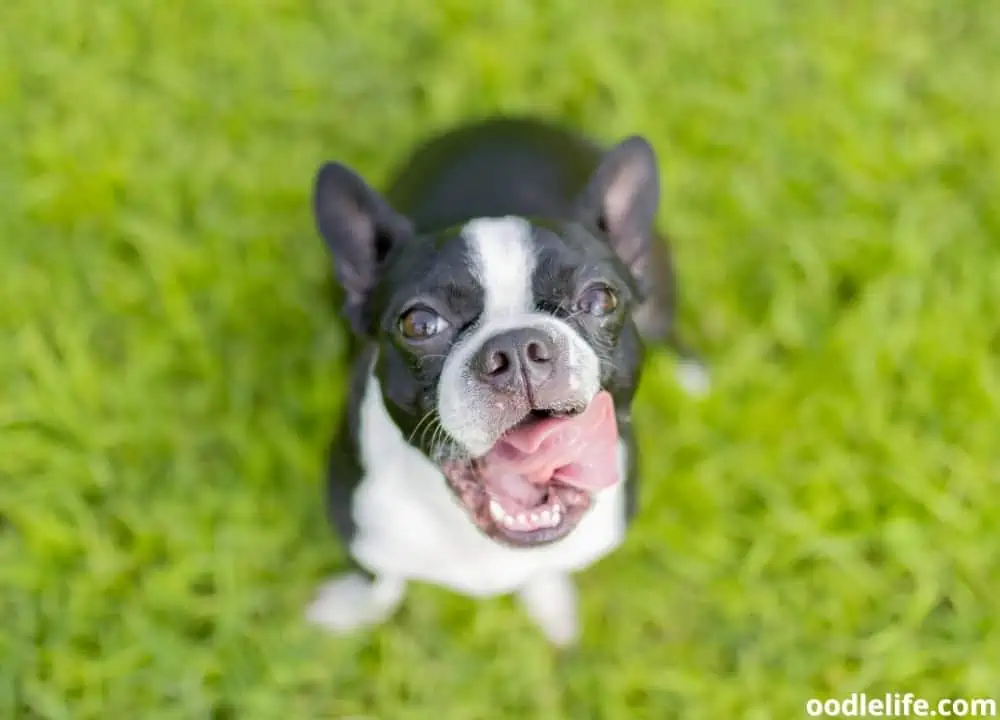
Why Do Dogs Drool More Than Humans?
The simple answer is that dogs have more saliva than we do. First of all, dogs pant more than we do to regulate their temperatures, which causes them to produce more saliva. Secondly, some breeds have short snouts that cannot keep the saliva in, and large jowls that saliva likes to pool around.
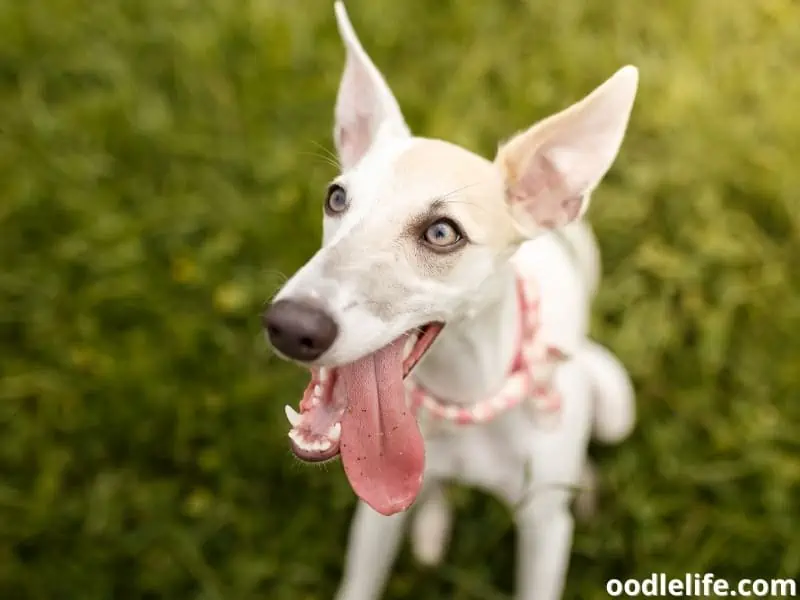
Do Some Breeds Drool More Than Others?
While it is pretty normal for every dog to drool, some dogs breed drool more than others. Boxers, Saint Bernards, and Mastiffs, for example, have flatter faces and large jowls than other breeds and drool more than other dogs. This is because saliva builds up in the extra skin around the lips and muzzle, trapping water which spectacularly catches some air time when they shake their heads.
Parents of the high-drooling breeds will just have to deal with it. Carrying a drool rag with you or having a bandana to sop up all that goo might help reduce it, but you cannot fully prevent a dog from drooling.
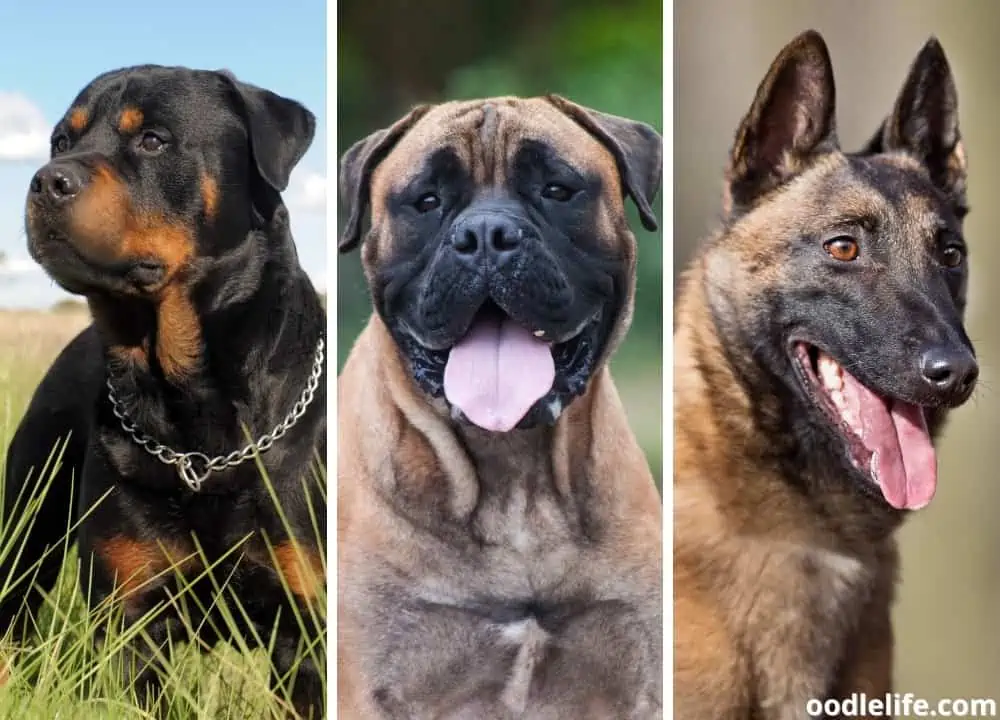
Why Does A Dog Drool In A Car?
Whether psychological or physical, dogs drool for a multitude of reasons. Here’s why your dog drools in the car and what you can do about it.
1. Car or Motion Sickness
Have you ever been seasick? It isn’t pleasant, to say the least!
Motion or car sickness is one of the most common causes of drooling in dogs. It can sometimes be exacerbated by rapid turns, curving roads, or rough terrain. The motion causes fluid in the ears to shift around, which impairs your dog’s ability to balance itself.
Dogs that are car sick often lick their lips, drool excessively, refuse to move, and then puke. Yikes.
This can make your dog fearful of everything involving a car, even if it is a vacation trip or pleasant car outings around town.
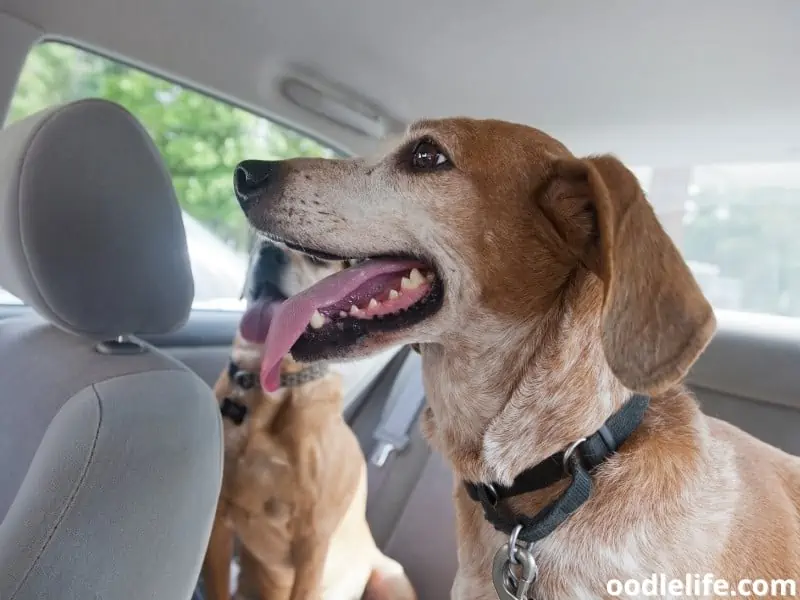
2. Nausea or Stomach Upset
If your pooch has an upset stomach, a car ride certainly isn’t going to help! Dogs can experience nausea for a variety of reasons, just like humans.
If your dog is prone to car sickness, try feeding them small meals prior to travel and taking frequent breaks so they can stretch their legs and relieve any built-up nauseous feelings. If you think your dog has ingested something that is making them nauseous, consult your veterinarian as soon as possible.
3. Overheating
Have you ever wondered how your dog keeps cool on a hot day? One way they do it is by drooling! If it is a particularly hot day, dogs have a tendency to drool more in an attempt to further regulate their temperature.
When your dog’s body temperature rises, their brain signals the salivary glands to produce more saliva.
This extra saliva then flows into your dog’s mouth and helps to evaporate heat, cooling them down. You may have noticed that your dog drools more when they are panting heavily – this is because panting also helps to evaporate moisture and lower body temperature.
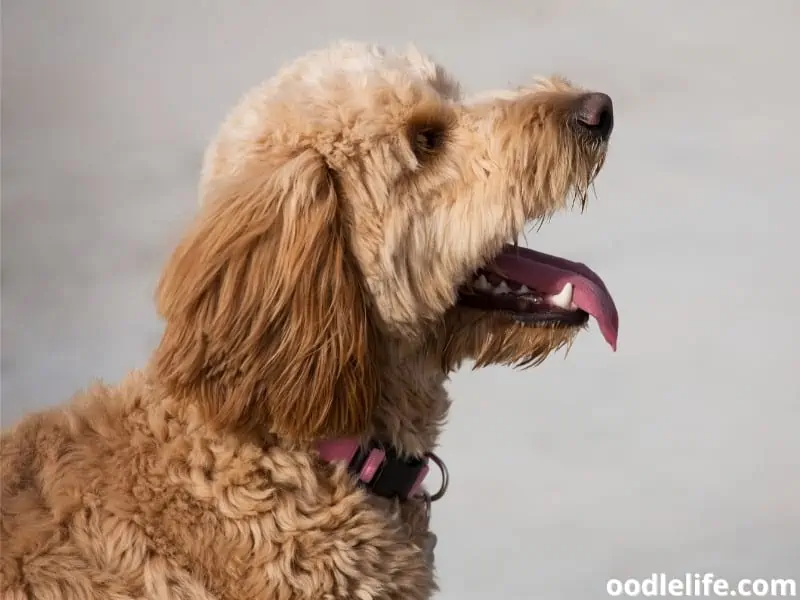
4. Anxiety and Excitement
When faced with overpowering emotions such as anxiousness or fear, many dogs slobber excessively.
On the other hand, your dog may be so excited about a car ride that he drools in response. Drooling might occur when your dog simply anticipates the pleasure of going somewhere new or just to the park to play fetch with you.
5. Other Medical Conditions
The vast majority of dogs drool in a car because they are happy, excited, or a tad stressed. However, if the amount of drooling is unexpected or does not cease even when you are out of the car for a period of time, you might want to consider medical problems.
Different situations, such as the teething phase, are a key cause of puppy salvation. Other medical concerns, such as dogs with gum disease, gastrointestinal issues, or stomach problems, may be the culprit.
Slobbering can also be triggered by a nose, throat, or sinus infection, or by a neuromuscular disorder. Moreover, drooling is sometimes an indication of kidney failure, liver disease, and even rabies.
If the drooling doesn’t cease way after you get out of the car and your dog gets a chance to calm down, you might want to think about a trip to the vet.
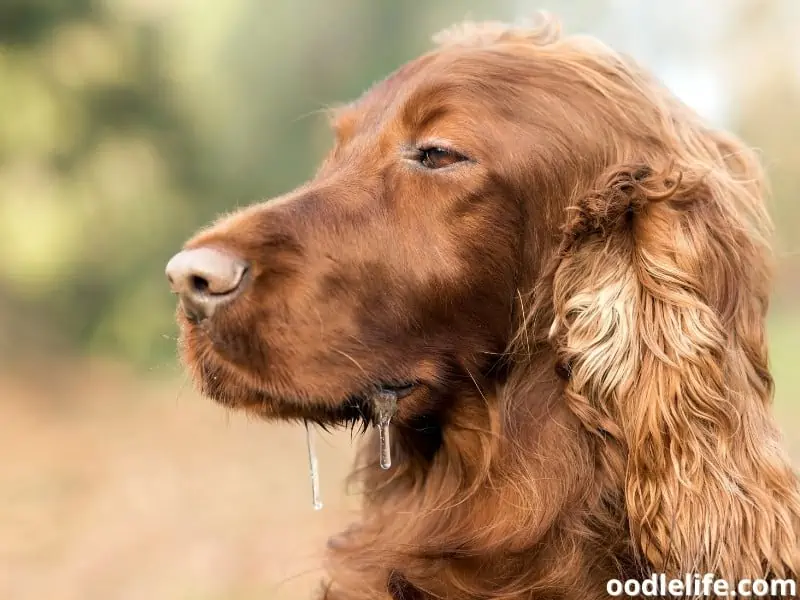
What You Can Do About Car Sickness?
Motion sickness in dogs is extremely common and seldom dangerous. However, having your dog puke all over your car and look and feel miserable isn’t fun for anyone.
Before going to the vet for some motion sickness pills, here are some tips that you might want to implement on those car rides to minimize the risk of poor poochie getting sick.
1. Start With Short Distances
Start small and go for just a couple of blocks. Have someone along in your journey that can help you in calming your dog. Once you reach the destination, play with your dog and make the experience memorable and enjoyable.
This can help lower the anxiety or any other trauma the dog carries associated with rides. Doing this repeatedly will make your dog associate car rides with doing something fun.
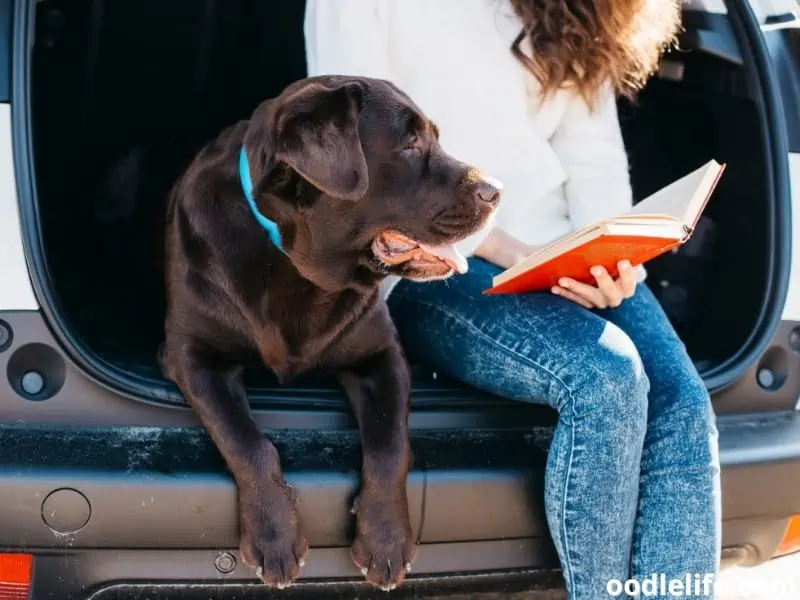
2. Ensure An Empty Stomach
It is less likely that dogs get car sick with an empty stomach. It is ideal to avoid feeding your dog 3 to 4 hours before the car ride. You should, however, give your dog water and keep him hydrated.
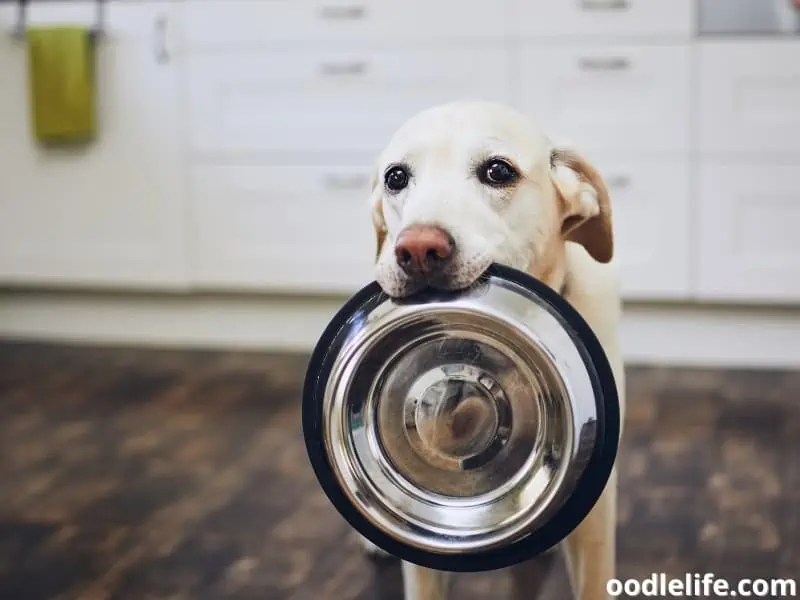
3. Have Some Distractions
Your dog has nothing to do except for sitting while you focus on the road while you drive can develop anxiousness and make the dog feel uncomfortable. Have someone sit in the car with your dog, or have his favorite toys and blankets around to make him a little less anxious about being in a new situation.
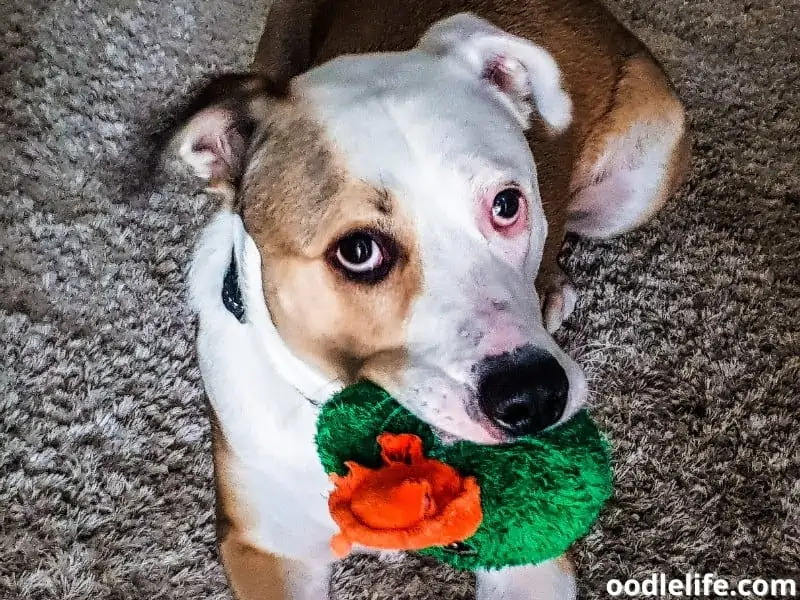
4. Have A Doggy Seat Or Safety Belt
These restraints aren’t just to keep your dog still, but it is also crucial for safety in the car. A sudden, unexpected brake or fender bender might not cause you any harm because you are belted in, but your loose-sitting dog can fly into the seat and hurt himself.
5. Make Frequent Stops On Longer Rides
Dogs are not built for long car journeys so no matter how much you make it comfortable for them it is likely they would experience discomfort after a little while, especially when they are holding in their pee. You should make small stops in between for bathroom breaks, water breaks, or for simply letting the dog out and letting him move or walk around for a while.
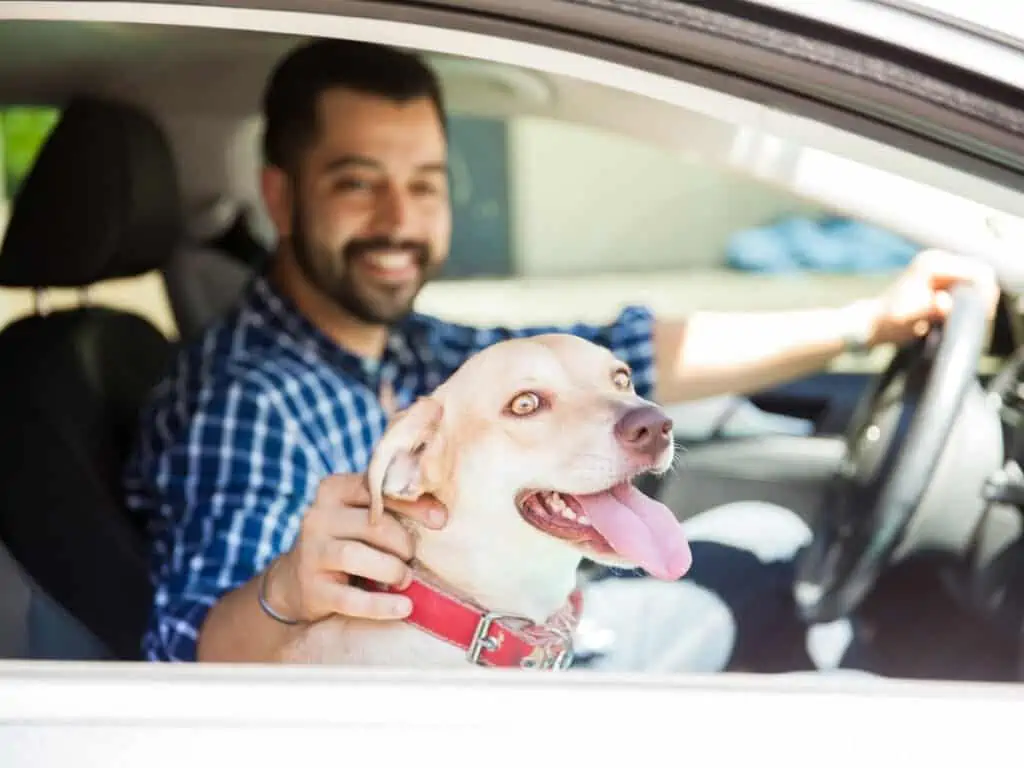
6. Windows Cracked Open
No picture is cuter than the windows down and a dog’s head sticking out of the window, enjoying the fresh air with flyaway jowls and ears. However, this isn’t the safest, and debris tossed up by the road can hurt your dog. In addition, you have to be 110% sure that your dog isn’t going to see something on the road and jump out after it.
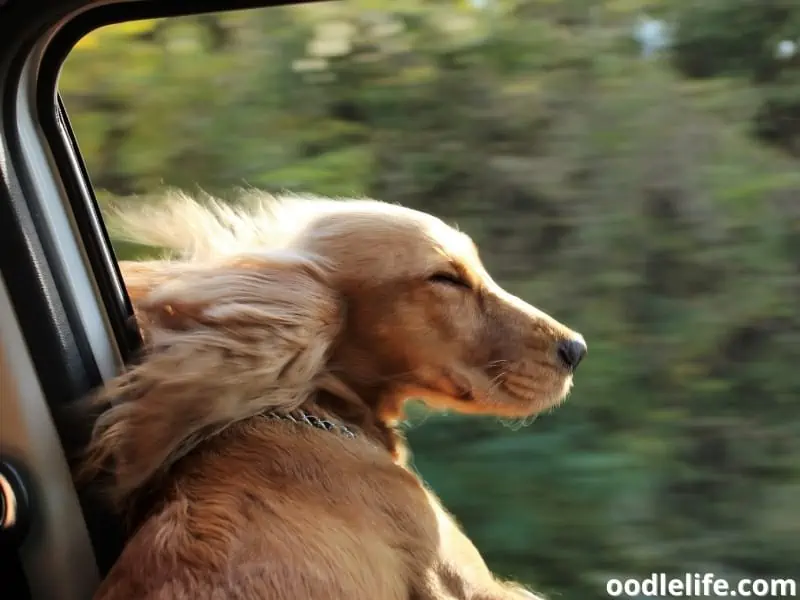
Final Thoughts
Drooling is part and parcel of canine life and a necessary physiological function of your dog’s cooling system. However, if you see anything out of the ordinary, always consult a medical professional.
The majority of the time, drooling in a car is normal, and road trips are hella fun, both for you and your pooch! Just be sure to bring loads of rags and some coverings for your seats and your car will be back to normal in no time.